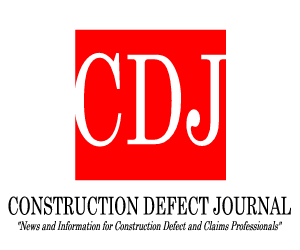
Space-based solar enjoys theoretical advantages over collecting power on the ground, where panels are at the mercy of nightfall, clouds and unpredictable weather patterns.
Scientists have long proposed that solar electricity generation in space could be an integral component of the world’s carbon-free future. In the 1970s, a U.S. Navy experiment showed that it might be possible to capture solar power and wirelessly transmit it from outer space using microwave beams. Progress stalled after that early test—the models used were at such a massive scale that creating a real-world system felt like science fiction. Recently, amid growing concerns about power grid security and intensifying legislation around carbon emissions, renewed attention focused on a smaller, more lithe microwave transmission system. This time around, the military is not the only interested party. Scientists around the world are conducting similar research. As investors and governments stand at the edge of a fresh green power opportunity, we look at microwave power transmission and some of the projects in this emerging field.
The basic premise of space-based solar power technology is simple enough: photovoltaic panels on a satellite in space convert the sun’s energy to electromagnetic waves at microwave frequencies. The satellite then beams the microwave energy to a receiver on Earth that transforms it into direct current. Until recently, this technique had been performed on the ground over short distances, but nobody had attempted to launch a solar panel into space. The status quo has shifted over the past few years as researchers have begun to send prototypes into orbit. In early 2023, CalTech was the first to report a breakthrough. Its model successfully beamed power from space back to their receiver atop a building in California.
Reprinted courtesy of Robert A. James, Pillsbury and William E. Fork, Pillsbury
Mr. James may be contacted at rob.james@pillsburylaw.com
Mr. Fork may be contacted at william.fork@pillsburylaw.com




